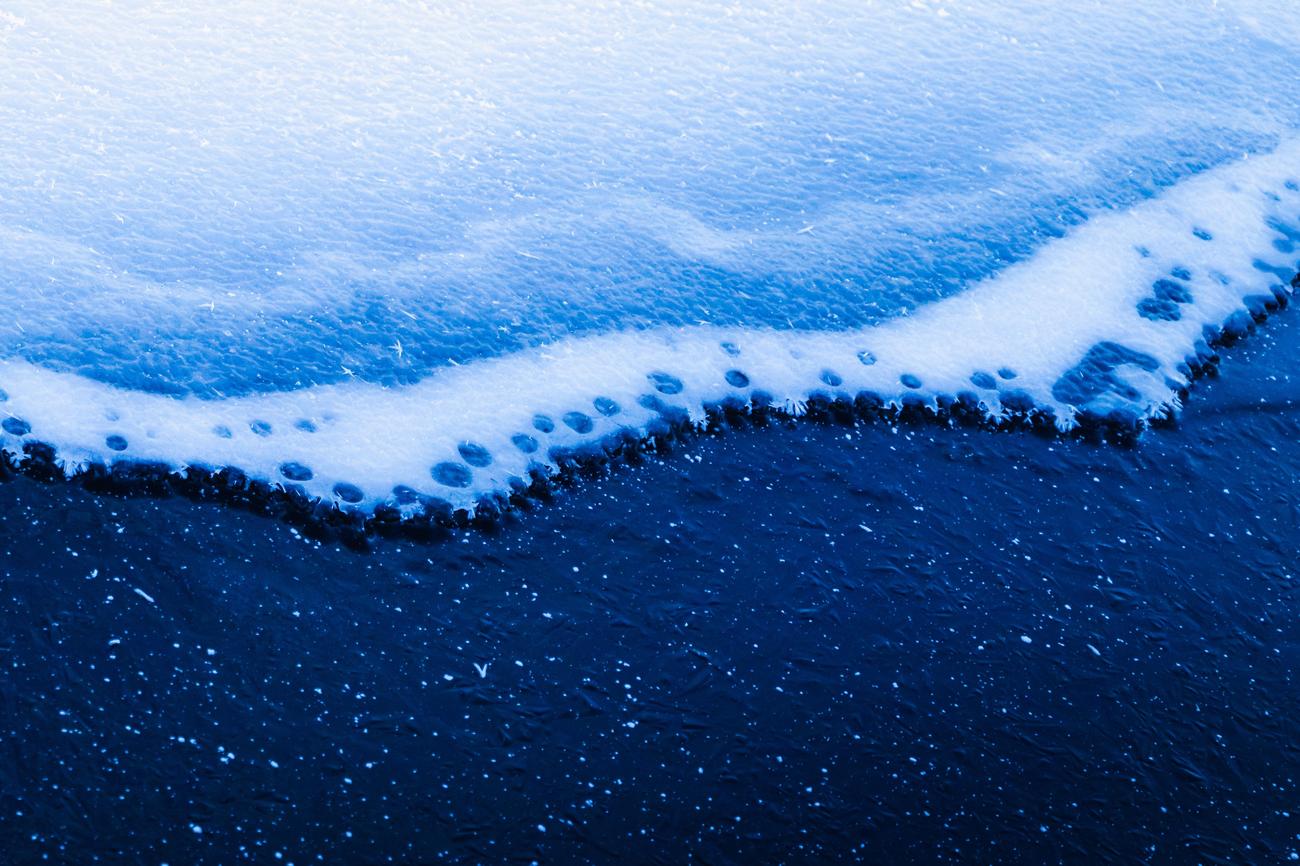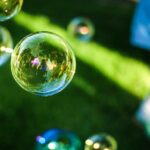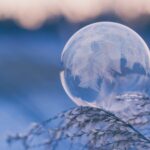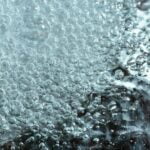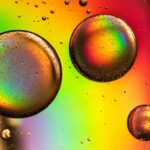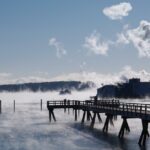Have you ever seen a bubble freeze in mid-air? It’s a truly enchanting sight, like a tiny crystal ball suspended in time. In this article, we delve into the mesmerizing science behind frozen bubble formation. As an experienced weather analyst with a deep passion for natural phenomena, I will take you on a journey into the complex world of atmospheric conditions and how they give birth to these delicate icy spheres. Prepare to be captivated as we unravel the secrets behind the magic of frozen bubbles.
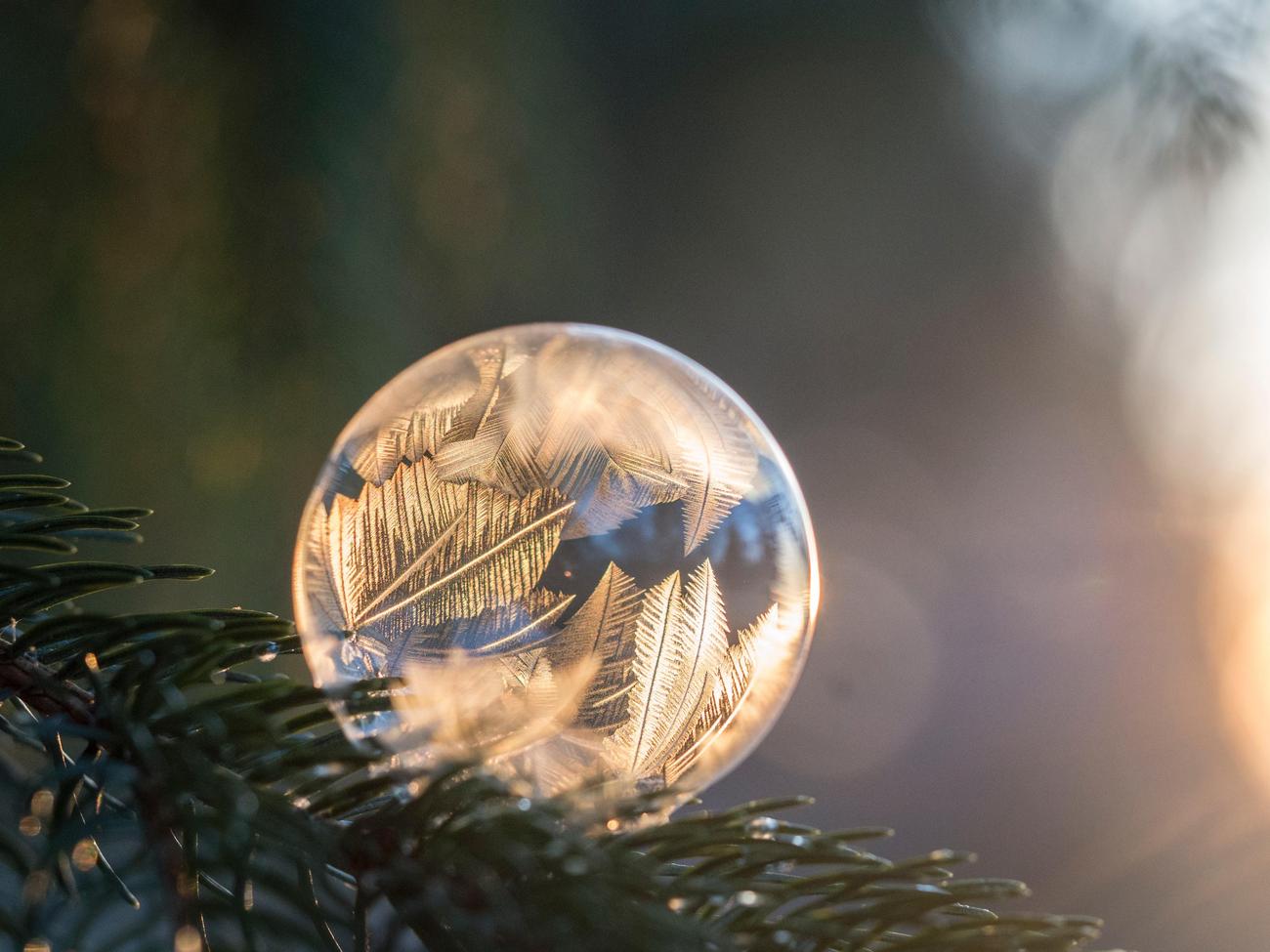
Frozen Bubbles Formation
Have you ever witnessed the breathtaking phenomenon of frozen bubbles? These delicate creations, also known as ice bubbles, form when soap bubbles encounter extremely low temperatures. The mesmerizing science behind their formation is filled with fascinating details that unravel the wonders of nature. Let’s explore the enchanting process of frozen bubble formation together.
When water freezes, it undergoes a remarkable transformation. Its volume expands by 9%, generating local pressures that directly impact the formation of bubbles. As the freezing process occurs, the freezing front plays a pivotal role in shaping the bubbles. It determines their size, shape, and overall appearance. The air bubbles trapped within the freezing droplets exhibit various patterns, ranging from egg-shaped to cylindrical or even needle-like formations.
As we delve deeper into the freezing process, we discover that air bubbles are separated and isolated within the ice front during the second stage of icing. This separation occurs within the conduits of woody plants, posing challenges for water transportation. The formation of these isolated bubbles and the subsequent xylem embolism have significant implications for the plant’s hydration and overall well-being.
But how do freezing droplets on solid surfaces contribute to the creation of these captivating frozen bubbles? Well, it turns out that the dissolved gas within the droplets plays a crucial role in nucleation and ice crystal growth. The presence of dissolved gas affects the delicate balance between freezing and bubble formation, resulting in the mesmerizing bubbles that we witness during frigid winter days.
Now, let’s take a moment to appreciate the sheer beauty of frozen bubbles. These fragile creations transform into stunning works of art, capturing the essence of winter’s magic. With their icy exteriors and delicate structures, they serve as a reminder of the intricate beauty that nature offers us.
In summary, the process of frozen bubble formation is a captivating journey into the wonders of winter. The expansion of freezing water, the manipulation of trapped air bubbles, and the interplay of dissolved gas all contribute to the mesmerizing patterns that grace frozen landscapes. Through understanding the science behind these ethereal creations, we gain a newfound appreciation for the delicate beauty and wonder of frozen bubbles.
“Frozen bubbles offer a glimpse into the delicate beauty that nature hides within the icy embrace of winter.”
Fascinated by the wonders of nature? Ready to explore the enchanting world of frozen bubbles? Prepare to be amazed by the incredible facts about frozen bubbles that will leave you in awe. From their delicate and mesmerizing appearance to the perplexing science behind their formation, these frozen bubbles are a true marvel.
If you’re ready to dive deeper into the captivating realm of frozen bubbles, click here to unravel the astonishing facts about frozen bubbles: Facts about frozen bubbles.
But wait, there’s more! Delve into the intriguing world of frozen bubbles and uncover the secrets that lie beneath their icy surface. Discover the mystical beauty and the intriguing process behind the formation of these extraordinary spheres. Prepare to be astounded by the breathtaking sights and learn about the fragile nature that makes them so unique.
Don’t miss out on this incredible opportunity to indulge in the wonders of frozen bubbles. Click here to embark on an unforgettable journey and explore the astounding Facts about frozen bubbles.
Unleash your curiosity and quench your thirst for knowledge with these captivating facts about frozen bubbles. Embark on this fascinating adventure and be mesmerized by the enchanting world that awaits you. Follow the magic of the link and immerse yourself in the extraordinary Facts about frozen bubbles.
So, what are you waiting for? Click on the following link and let the wonder of frozen bubbles captivate your senses: Facts about frozen bubbles. Prepare to be spellbound as you unravel the mysteries behind these ethereal creations.
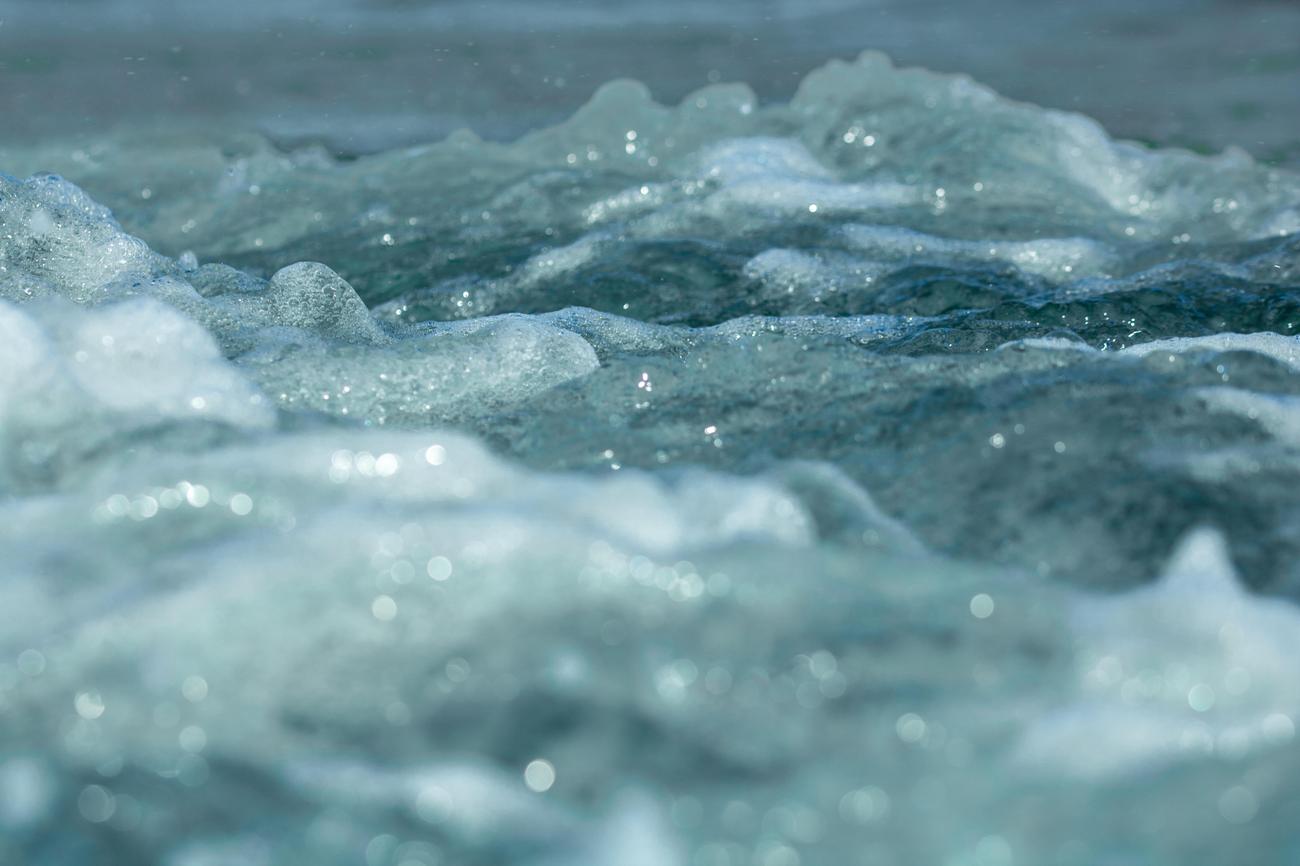
FAQ
Question 1
What causes bubbles to freeze and form ice bubbles?
Answer 1
During freezing, gas bubbles are formed and expand during thawing, resulting in the formation of ice bubbles. The freezing process affects the formation of bubbles at the freezing front, and the shapes of air bubbles in frozen droplets include egg-shaped, cylindrical, and needle-like patterns.
Question 2
How do frozen bubbles form on solid surfaces?
Answer 2
Frozen bubbles, also known as ice bubbles, can form when soap bubbles freeze due to extremely low temperatures. The freezing of water droplets on solid surfaces can lead to the formation of bubbles.
Question 3
What role does dissolved gas play in the formation of frozen bubbles?
Answer 3
The dissolved gas in freezing droplets plays a role in the nucleation and growth of ice crystals, which ultimately contributes to the formation of frozen bubbles.
Question 4
How do frozen bubbles affect water transportation in woody plants?
Answer 4
Bubble formation in the conduits of woody plants poses a challenge for water transportation. Xylem embolism and bubble formation occur during freezing and thawing, affecting the ability of plants to transport water efficiently.
Question 5
What is the size range of freezing droplets that can form bubbles?
Answer 5
Bubble formation in freezing droplets can occur from millimeter-sized sessile droplets to microscale condensed droplets, showcasing the versatility of this mesmerizing winter phenomenon.
